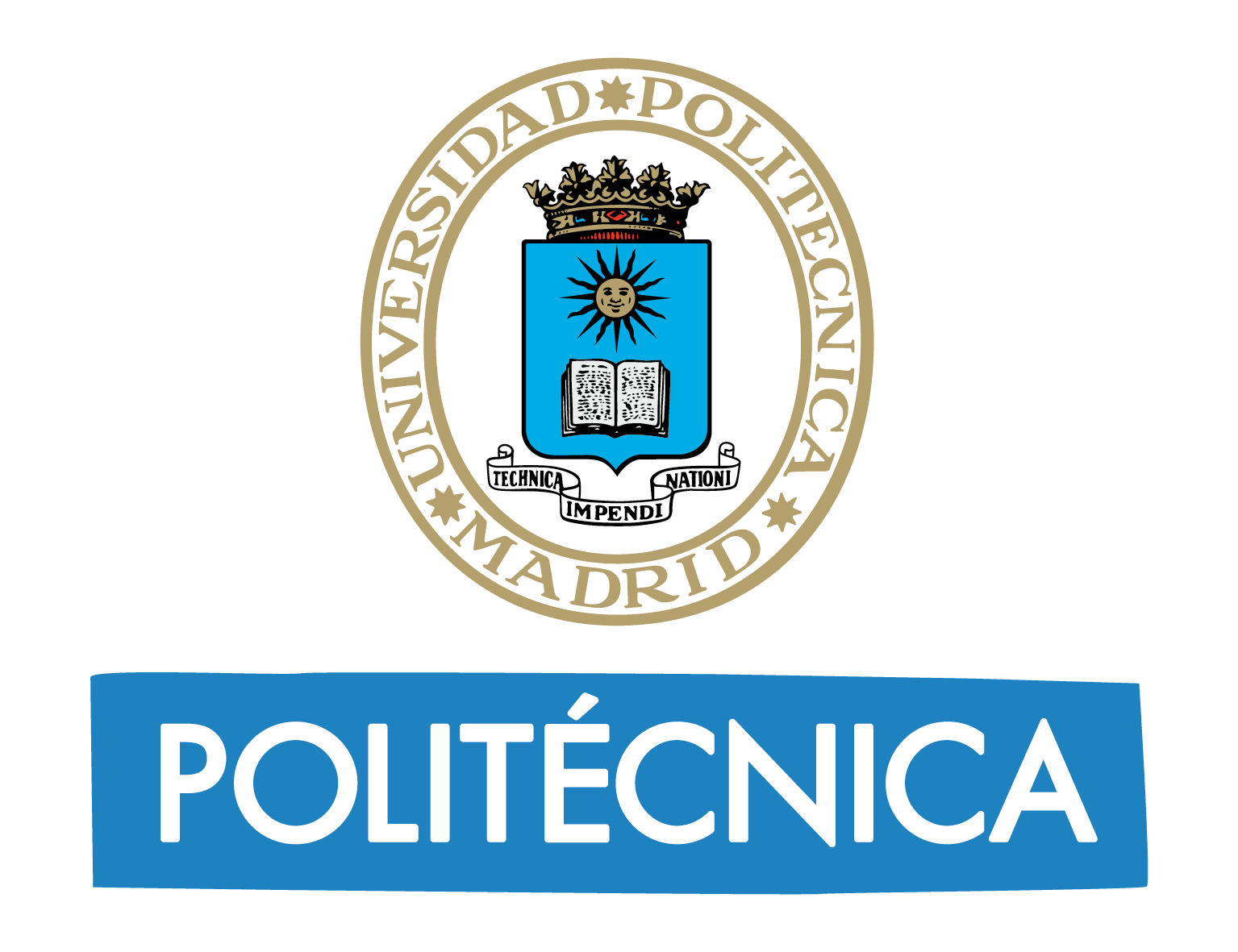
Polytechnic University of Madrid
Green Education Ranking
#486
About Polytechnic University of Madrid
Although the Universidad Politécnica de Madrid (Technical University of Madrid) is a young university, having been founded only in 1971, most of its Schools are over a hundred years old, dating back of the 18th and 19th centuries and existing independently until they were grouped together as the Politécnica. It is not an exaggeration to say that much of the history of Spanish technology for over one and half centuries was written by the Schools of Architecture and Engineering of this university, as for many years some of them were the only Technical Schools in existence in their fields in Spain. Almost all the leading Spanish educators and researchers have been involved with Politécnica de Madrid either as students, teachers or both. Three Schools were founded in the 18th century. The School of Architecture, the oldest, was founded in 1752. The Naval and Mining Engineering Schools were established in 1772 and 1777 respectively. The Civil Engineering School was the first School to be founded in the 19th century, in the year 1802. Almost half a century later the School of Industrial Engineering was started in 1850. This School today covers numerous additional fields such as Mechanical, Chemical, Electrical and Nuclear Engineering.
About World Green University Ranking
World
Green University Ranking 2024 is a
scholarly acknowledgment of educational
institutions standing at the forefront of
Education for Sustainable Development (ESD) and
leading the Green Education Transformation
(Education 6.0).
World Green University Ranking classifies
universities based on the six pillars of the
Holistic Green Education Framework, including
leadership governance, curriculum, innovation,
facilities, human capital, and community
partnerships.
The methodology employed in our Green Education Ranking is designed relying on the six pillars of the Holistic Green Education Framework. Each pillar contributes to the institution’s overall score, with a carefully assigned weight reflecting its significance in fostering sustainability. The total weight of the six pillars collectively amounts to 100%, signifying a balanced evaluation across critical dimensions of Green Education. Within each pillar, various standards are carefully assessed, with weights ranging between 1 and 2, emphasizing the varying importance of each criterion. This nuanced approach ensures a holistic evaluation and offers an insightful measure of universities commitment to Green Education Transformation (Education 6.0).
| # | Six Pillars of Green Education Framework (6Gs). | Weight |
|---|---|---|
| 1 | Green Educational Leadership | 14% |
| 2 | Green Curriculum | 17% |
| 3 | Green Innovation and Research | 19% |
| 4 | Green Facilities | 15% |
| 5 | Green Human Capital | 19% |
| 6 | Green Communities | 16% |
| Total | 100% |

